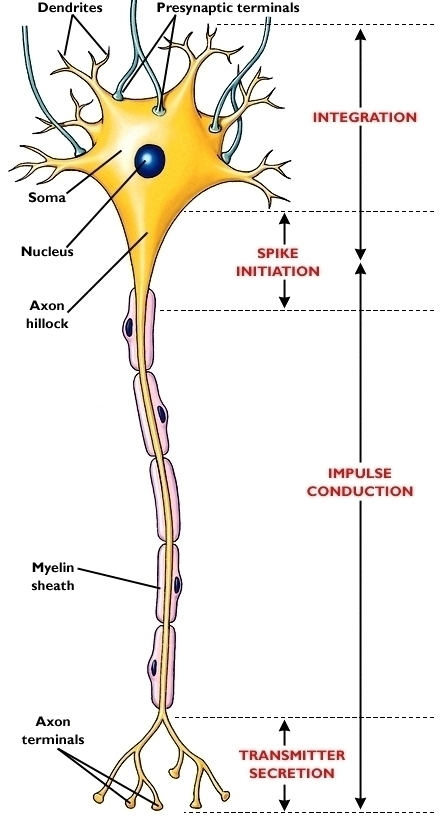What Causes Lupus?
Lupus is an autoimmune diseases characterized by acute and chronic inflammation of various tissues of the body. Autoimmune diseases are illnesses that occur when the body’s tissues are attacked by its own immune system. The presence of large numbers of circulating autoantibodies against DNA, platelets, erythrocytes, nucleic acids and other nuclear materials (antinuclear antibodies – ANA). Immune complexes, especially those with anti – DNA antibody are deposited in connective tissue anywhere in the body, causing inflammation and degeneration of the tissue.
Causes of lupus
The immune system is a complex system within the body that is designed to fight infectious agents, such as bacteria and other foreign microbes. One of the ways that the immune system fights infections is by producing antibodies that bind to the microbes. Patients with lupus produce abnormal antibodies in their blood that target tissues within their own body rather than foreign infectious agents. Since the antibodies and accompanying cells of inflammation can affect tissues anywhere in the body, lupus has the potential to affect a variety of areas. Sometimes lupus can cause disease of the skin, heart, lungs, kidneys, joints, and/or nervous system. When only the skin is involved, the condition is called lupus dermatitis or cutaneous lupus erythematosus. A form of lupus dermatitis that can be isolated to the skin, without internal disease, is called discoid lupus. It produces a red, scaly rash which can appear all over the body and leave scars. When internal organs are involved, the condition is referred to as systemic lupus erythematosus (SLE). Systematic lupus erythematosus (SLE) is the most common and debilitating form which can cause inflammation of the joints, tendons, connective tissue and major organs such as the kidneys and heart. However, the most obvious symptom is a butterfly-shaped rash which occurs across the cheeks and nose.
infectious agents. Since the antibodies and accompanying cells of inflammation can affect tissues anywhere in the body, lupus has the potential to affect a variety of areas. Sometimes lupus can cause disease of the skin, heart, lungs, kidneys, joints, and/or nervous system. When only the skin is involved, the condition is called lupus dermatitis or cutaneous lupus erythematosus. A form of lupus dermatitis that can be isolated to the skin, without internal disease, is called discoid lupus. It produces a red, scaly rash which can appear all over the body and leave scars. When internal organs are involved, the condition is referred to as systemic lupus erythematosus (SLE). Systematic lupus erythematosus (SLE) is the most common and debilitating form which can cause inflammation of the joints, tendons, connective tissue and major organs such as the kidneys and heart. However, the most obvious symptom is a butterfly-shaped rash which occurs across the cheeks and nose.
The condition mainly affects women between the ages of 15 – 45 and is more frequent in African Americans and those people of Chinese or Japanese descent. Inherited genes, viruses, ultraviolet light and certain prescription drugs may all play a part. Immune thyroid disease and rhuematoid arthritis are more common among relatives of patients with lupus than the general population. The prevalence of the disease in premenopausal women may be due to the female sex hormones, in particular oestrogen levels. Some prescription drugs have been reported to produce lupus symptoms but drug induced SLE is rare and usually resolves when the medication is discontinued.
Genetic factors increase the tendency of developing autoimmune diseases, such as lupus. Lupus is more common among relatives of patients with lupus than the general population. Some scientists believe that the immune system in lupus is more easily stimulated by external factors like viruses or ultraviolet light. Sometimes, symptoms of lupus can be precipitated or aggravated by only a brief period of sun exposure.






